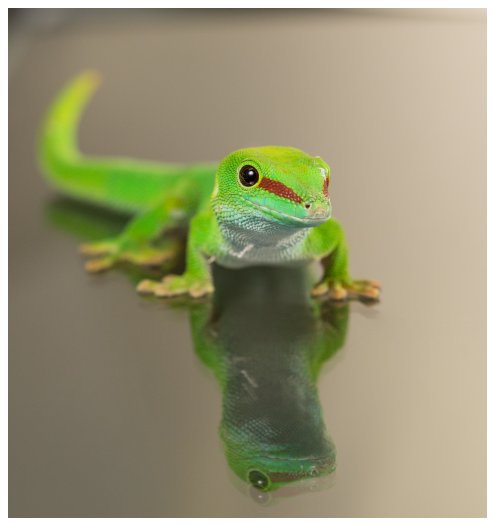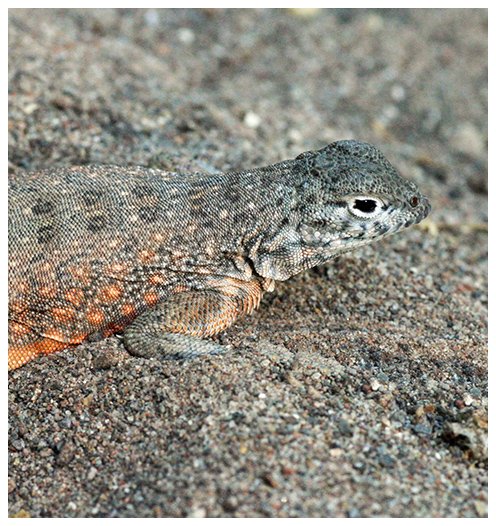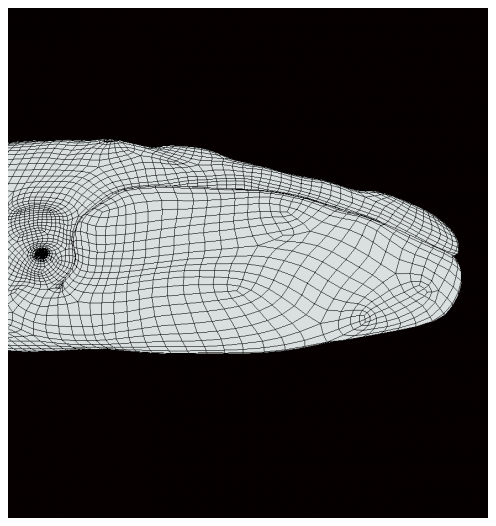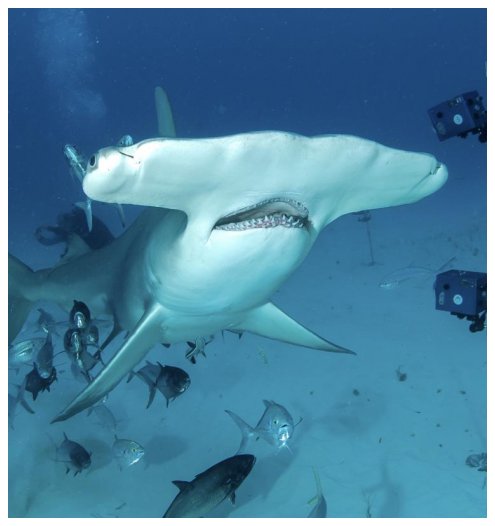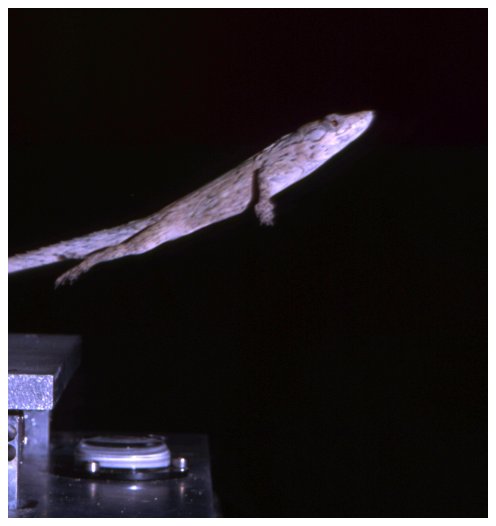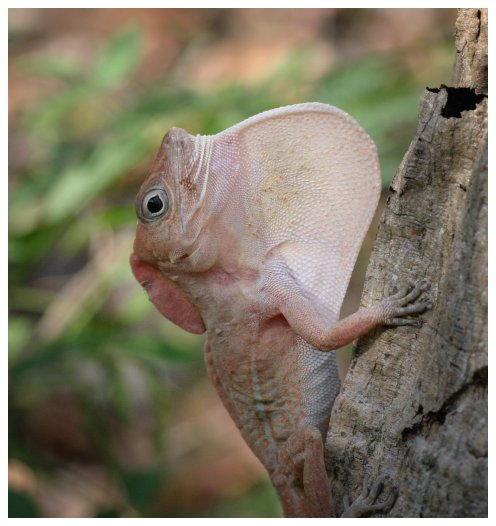Inspired by the distinctive qualities found in animals like lizards, snakes, and sharks, we investigate some of the most fundamental questions in evolutionary biology and ecology. Our integrative approach to understanding the evolution of form and function incorporates novel technologies to understand the mechanics of how animals move, revolutionary laboratory and modelling techniques to define anatomy, and evolutionary methodology to reveal the origins of species-specific traits.
About the Science
Why it Matters
Our research has led to breakthroughs with exciting benefits for humans.
Our investigations into the anatomy, ecology, and function of geckos has contributed to the creation of a novel gecko-inspired adhesive. In a collaboration with UMass Polymer Scientist Al Crosby, our laboratory has shown how gecko anatomy can explain why Geckskin™ can hold 700 pounds on a smooth surface. This super-adhesive will transform our daily lives, both at home and at work. Our research on sharks, which reveals how they move and interact with people, may lead to new ways of conserving these amazing animals. Perhaps the most satisfying part of our work is to explore the remarkable diversity and beauty of the natural world and to deepen our understanding of the evolutionary process.
Research Areas
Gecko Adhesion
The ability of geckos to climb almost any surface with ease has long fascinated humans. We combine studies of evolution, anatomy, biomechanics, and material science to reveal the mystery of how geckos perform these amazing feats.
Animal Performance in Nature
While most research on animal movement takes place in the laboratory, animals exist in a complex environment in which they must navigate many challenges. We apply cutting edge technologies and techniques to both understand how animals move in nature, but why they move the way they do.
Body Shape and Body Condition in Megafauna
Megafauna such as sharks, sea turtles and whales are widely and intensively studied for the sake of conservation and ecology becasue of their importance in modern ecosystems. Together with a range of partners, we are actively investigating methods to better understand the body shape and body condition of these elusive animals to better understand their health and standing in modern ecoystems. We use a wide range of hardware and software approaches to attack this problem, and we use the goal of non-invasive conservation technology as a guide for our research.
Beastcam™ technology and Digital Life Project
Capturing the diversity of animal life in high-resolution 3D color has been largely inaccessible, until development of the Beastcam™ technology. This technology allows biologists to capture the complex body shapes of a wide range of living organisms in high-resolution 3D color, which has launched our Digital Life initative.
Biomechanics
We employ novel methods to open up new windows into understanding how animals can perform dynamic motions, such as this custom lizard-sized force plate that measures minute forces generated during jumping by this twig anole (Anolis valencienni).
Sexual Selection
Why do animals possess exaggerated sexual signals, such as the dewlap on this big-headed anole (Anolis cybotes) from the Dominican Republic? Our lab employs observational, experimental and modeling approaches to tease apart these complex phenomena.
